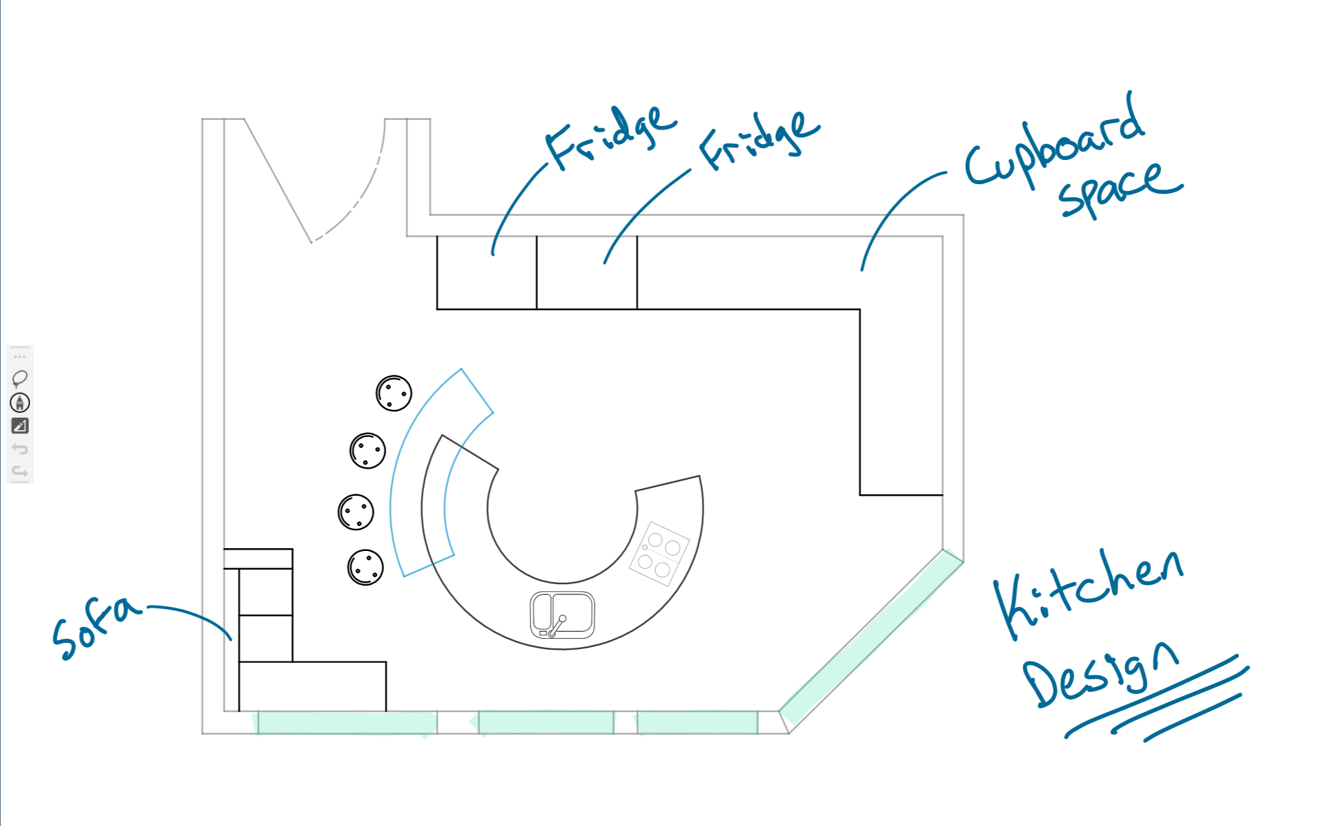The Brain Inside the Catchbook Sketcher

Our lives are filled with constraints. Simply defined, a constraint is a limitation or restriction. For example, one constraint we all deal with is our income – this limits how much we can spend and borrow on everything from housing to food to vacations. In this case, we act as our own constraint solver; we manage and (hopefully) balance our personal budget within our income restrictions.
One of the products offered in our D-Cubed family is the 2D DCM (Dimensional Constraint Manager). This product is a constraint solver for 2D sketches. What this means is that the 2D DCM acts as the “brain” of the sketcher. It evaluates all the lines and arcs and ensures that they are all defined correctly in the context of the sketch and that they also honor any restrictions on them (for example, that two lines remain parallel). What this means is that a sketch built and managed by the 2D DCM “brain” is geometrically correct and can be easily modified and updated.
Here’s an example:
You want to show your friend what your new kitchen looks like. You create a sketch of the floor plan on your smart phone using Catchbook. You use your finger to sketch directly on the phone so initially the “walls” are not perfectly straight, parallel or perpendicular and are also the wrong length! However, not to worry, the 2D DCM brain behind the Catchbook sketcher lets you easily add dimensions and then update the sketch so that it’s a perfect floor plan of your new kitchen. The walls are parallel, the corner angles are correct and the doorway is in the right place!

Catchbook evaluates your ink as you draw and instantly creates mathematical curves. 2D DCM does the hard work of solving curve constraints on-the-fly so that the final result is a precise floor plan with dimensionally accurate “wall” lengths, corner angles and relative locations.
A kitchen floor plan is a relatively simple sketch; however, the 2D DCM also solves very complex sketches in all types of CAD/CAM/CAE and AEC applications. First released in 1990, 2D DCM is used in most major CAD applications and is widely acknowledged as the leading 2D geometric constraint solving technology.